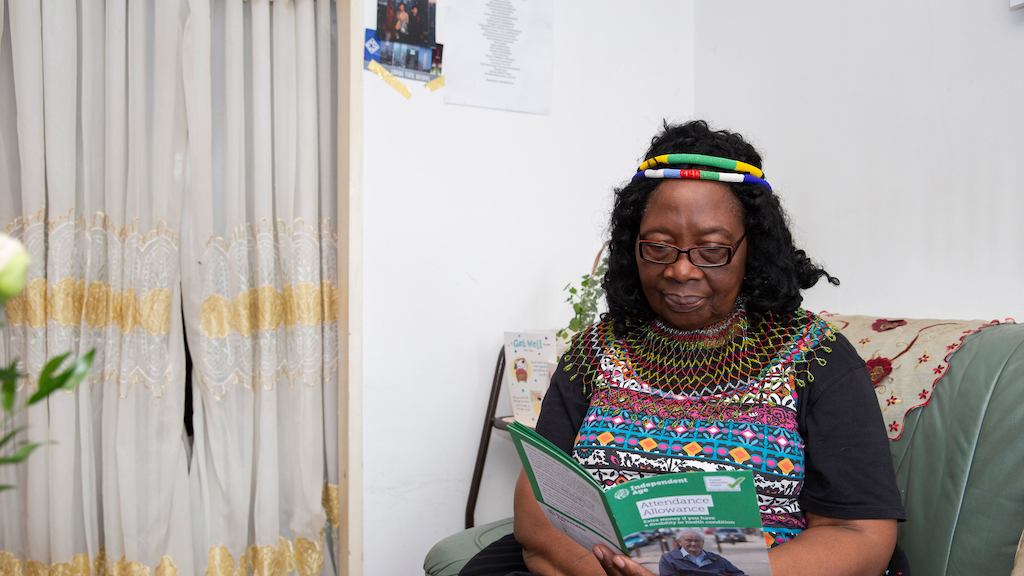First, in order to qualify for the Winter Fuel Payment, older people need to be receiving a benefit, but in the case of Pension Credit and we know that one third of eligible people are not claiming it. The previous design of universal access sidestepped this problem.
Secondly, it assumes that only people with extremely low incomes need support to pay their energy bills. But the threshold of Pension Credit was selected for administrative ease, not because it marked the threshold of need.
In reality, the pool of people struggling to heat their homes is much wider and so the government’s estimates for how much money this decision will save ignores the fact that older people’s health is at risk of deteriorating, in turn creating greater demand for the NHS which is, of course, paid from the public purse.
This reality has not been overlooked, however, by some local NHS systems who increasingly exploring their role in creating safe homes for people with certain health conditions.
Cold homes can cause or exacerbate a number of serious and common health conditions, particularly prevalent among older people who are likely to spend longer at home and may be less mobile. For people with an existing heart condition, cold temperatures can cause high blood pressure, strokes and heart attacks.
Cold air can also inflame the lungs, worsening chronic obstructive pulmonary disease (COPD). Damp and mould – which is often found in cold homes – also causes asthma and other respiratory conditions. Mental health conditions, injuries and falls are also linked to low indoor temperatures.
It is difficult to quantify the exact number of people whose homes negatively affect their health but nearly eight million people live in a property that falls below the nationally set minimum criteria for decency. Around a third of these households have been specifically categorised as lacking sufficient thermal comfort. Many more people live in homes that sit just above this threshold, homes that could also pose a significant risk to people’s health.
These are largely avoidable housing issues and ones that can have life-changing consequences for older people. They also translate into an avoidable burden on the NHS and social care systems in the form of GP appointments, surgery, delayed discharges, rehabilitation provision, medication, etc.
Estimates suggest that the cost of unsafe homes to the NHS is £1.1 billion per year and a further £1.1 billion in formal social care costs. The equivalent of £3.5 billion in unpaid social care is also provided by partners, family and friends as a result of these homes. These are substantial figures at a time of significant pressure on government spending.
In some regions of the country, Integrated Care Systems (local NHS and social care commissioners and providers) are turning their attention to housing. One such example is the West Yorkshire Health and Care Partnership who invested £1 million to support people with certain health conditions (e.g. asthma) who were at risk of fuel poverty and living in cold homes.



